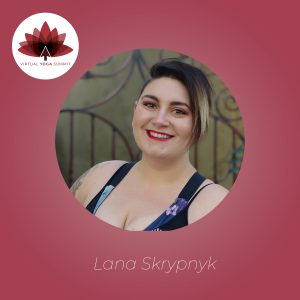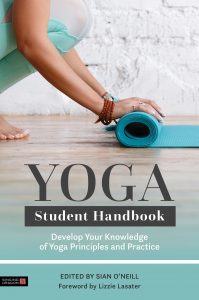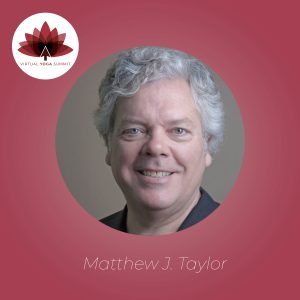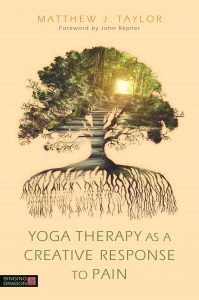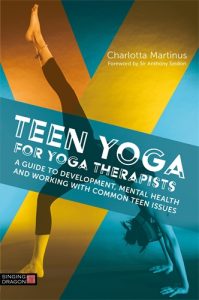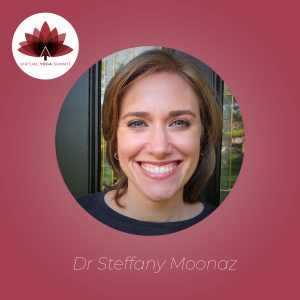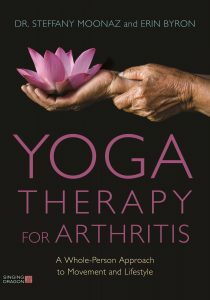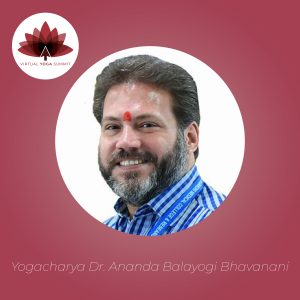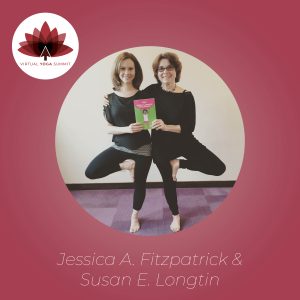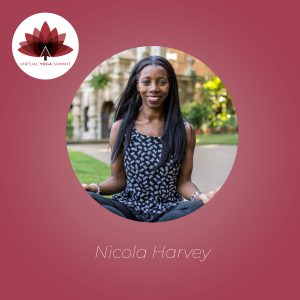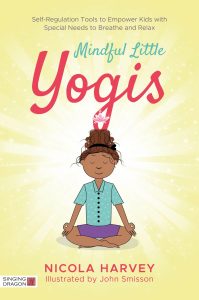Language is 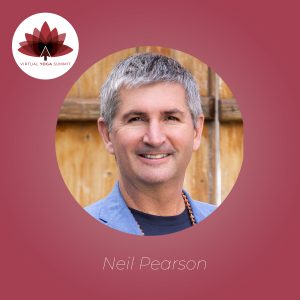 powerful, as is pain. Both can be forceful motivators of behavioural change. Spoken language can be interpreted in many ways. Sometimes we even question whether words mean what we think they mean. Pain can be the same. We wonder whether pain really is intended to “get us to stop or change our behaviour”. We might also wonder “exactly what is it that I am supposed to change? Maybe the change I need to make is to stop responding this way to my pain!”
powerful, as is pain. Both can be forceful motivators of behavioural change. Spoken language can be interpreted in many ways. Sometimes we even question whether words mean what we think they mean. Pain can be the same. We wonder whether pain really is intended to “get us to stop or change our behaviour”. We might also wonder “exactly what is it that I am supposed to change? Maybe the change I need to make is to stop responding this way to my pain!”
As a yoga teacher, leading groups in asana requires instructions that will keep your students safe. As such, cognitive contemplations such as the above are not well-suited as part of an asana practice dialogue. We use language that guides our students to be aware of what is happening in the present moment. We guide them to find the right challenge so they can explore preconceived notions, all the while staying present with, and not ignoring what’s happening now. We use language that provides options for change. “What would happen if you changed the way you are breathing right now?” “Or what you are thinking?” “Or if you let go of some of the aversion to the emotions or tension that you are feeling in your body right now?” In other words, we use language that encourages awareness and language that encourages self-regulation – often of body, breath, thoughts and emotions. Note that this language of awareness is not the same as asking a student to be aware “as the first step to change”. This is language that focuses on awareness as important in and of itself. Continue reading

